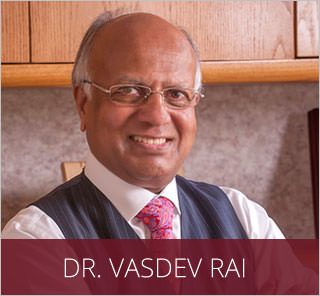What to expect in a Facelift

A facelift, also known as a rhytidectomy, is a cosmetic procedure that give patients the chance to restore their youthful looks. The primary goal of the surgery is to reshape the lower half of one’s face through the excision (surgical removal) of excess skin.
It also allows for the tightening of loose skin that typically hangs from the jawline. It can also help get rid of deep creases around the nose and the mouth, along with excess skin and fat in the neck area and under the chin.
A facelift can also tighten the underlying tissues and improve the cheeks, brows, eyelids, and forehead in combination with other procedures
This is a very popular cosmetic procedure. It is safe and highly effective. People around the world have experienced the benefits it can provide and you can too.
Do You Need a Facelift?
As we get older, there are certain changes that take place on our skin – especially facial skin. For starters, the skin starts to become loose and saggy. This can create a very unpleasant appearance. In fact, it can make you look older than you actually are.
However, as we just discussed, a facelift can help eliminate these early signs of aging and restore one’s youthful appearance.
You can consider a facelift if:
• You have loose and saggy skin on the face.
• You have skin hanging from your jawline; referred to as ‘jowls.’
• You have sagging cheeks.
• You have excess fat in your neck.
• You have deep creases under the lower eyelids, under the chin, and around the lip.
• You have vertical bands of skin showing up in your neck.
The Facelift Procedure
The procedure begins with the administration of the anesthesia to help prevent discomfort during the surgical process. This can either be general or intravenous sedation. So, talk to your doctor about your options to get an idea of what is best for you.
After the anesthesia is administered, your surgeon will begin making the necessary incisions. However, there are multiple types of incisions to choose from and they depend on the exact degree of change you want. Your surgeon will determine the technique used after analyzing your body and getting an idea of what your goals are.
A traditional facelift involves making incisions from the hairline near the temples, around the ear and to the lower scalp. Here, the fat may be sculpted or redistributed and the tissue below the neck and the jowls may be repositioned. The deeper layers of facial muscles may be lifted as well. Excess skin is removed and the skin is placed over the newly lifted contours. You may require a second incision under the chin to eliminate any excess hanging skin in the neck.
Once the necessary changes are made, the surgeon will close the incisions and cover them with bandages to keep the surgical area protected from outside elements and trauma.
As for the limited incision method, your surgeon will make shorter incisions at the temples and continue around the ears. This method is ideal for those who need less skin relaxation.
Finally, you have the neck lift, which is carried out to eliminate sagging jowls or sagging neck skin. Even fat accumulation under the chin can be eliminated with a neck lift. The procedure involves making incisions near the earlobe and bringing it behind the ear to end it at the posterior hairline behind the other ear.
Contact Our Office
Contact the Cosmetic Surgical Center to learn more about your facelift options and what to expect from the procedure. Dr. Rai is a highly respected doctor who you can trust to help you get your beautiful new look.
Dr. Vasdev Rai
 Dr. Vasdev Rai has performed more than 25,000 cosmetic surgeries over his more than 30 years in practice as a Dallas plastic surgeon. He is a board-certified plastic surgeon who was first certified by the American Board of Plastic Surgery in 1983. Learn More...
Dr. Vasdev Rai has performed more than 25,000 cosmetic surgeries over his more than 30 years in practice as a Dallas plastic surgeon. He is a board-certified plastic surgeon who was first certified by the American Board of Plastic Surgery in 1983. Learn More...
Dr. Surjit Rai
 Dr. Surjit Rai was born and raised in Plano, Texas. Being the son of a plastic surgeon, Dr. Rai had the unique opportunity to see first-hand the impact a plastic surgeon can have. He knew at a young age that he would dedicate his life and academic career towards the goal of becoming a plastic surgeon. Learn More...
Dr. Surjit Rai was born and raised in Plano, Texas. Being the son of a plastic surgeon, Dr. Rai had the unique opportunity to see first-hand the impact a plastic surgeon can have. He knew at a young age that he would dedicate his life and academic career towards the goal of becoming a plastic surgeon. Learn More...
